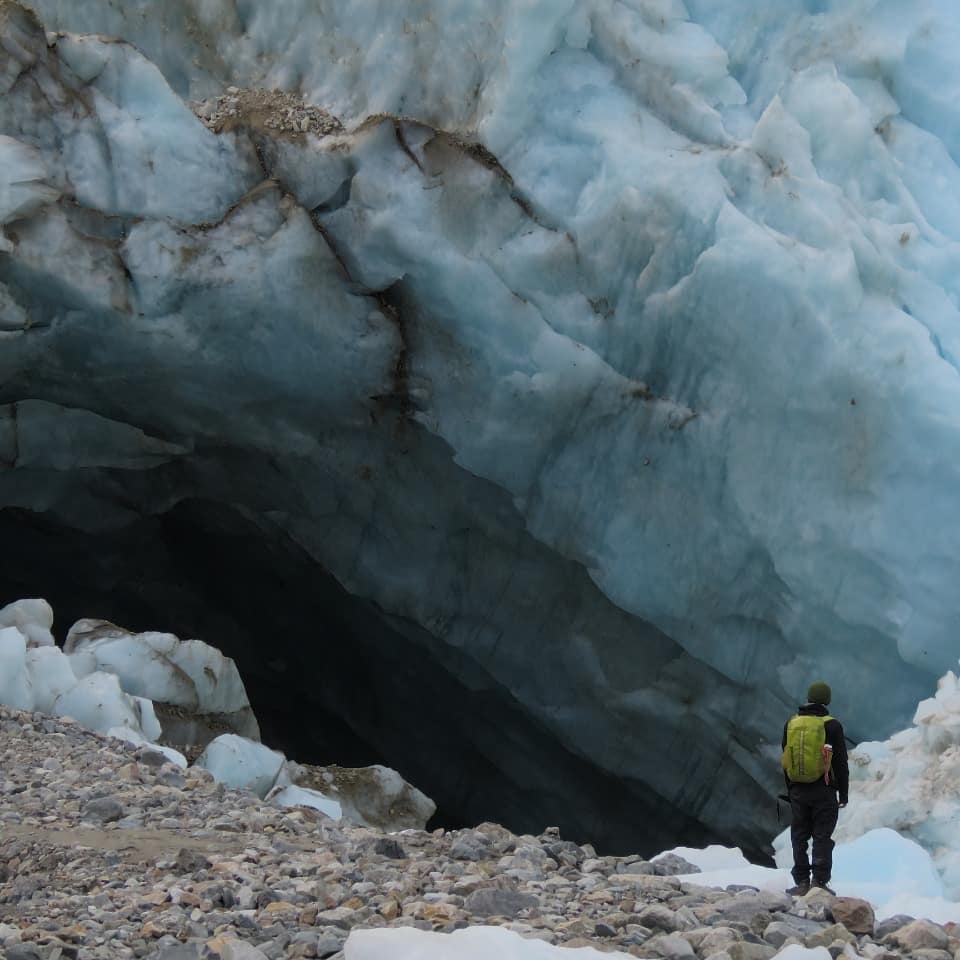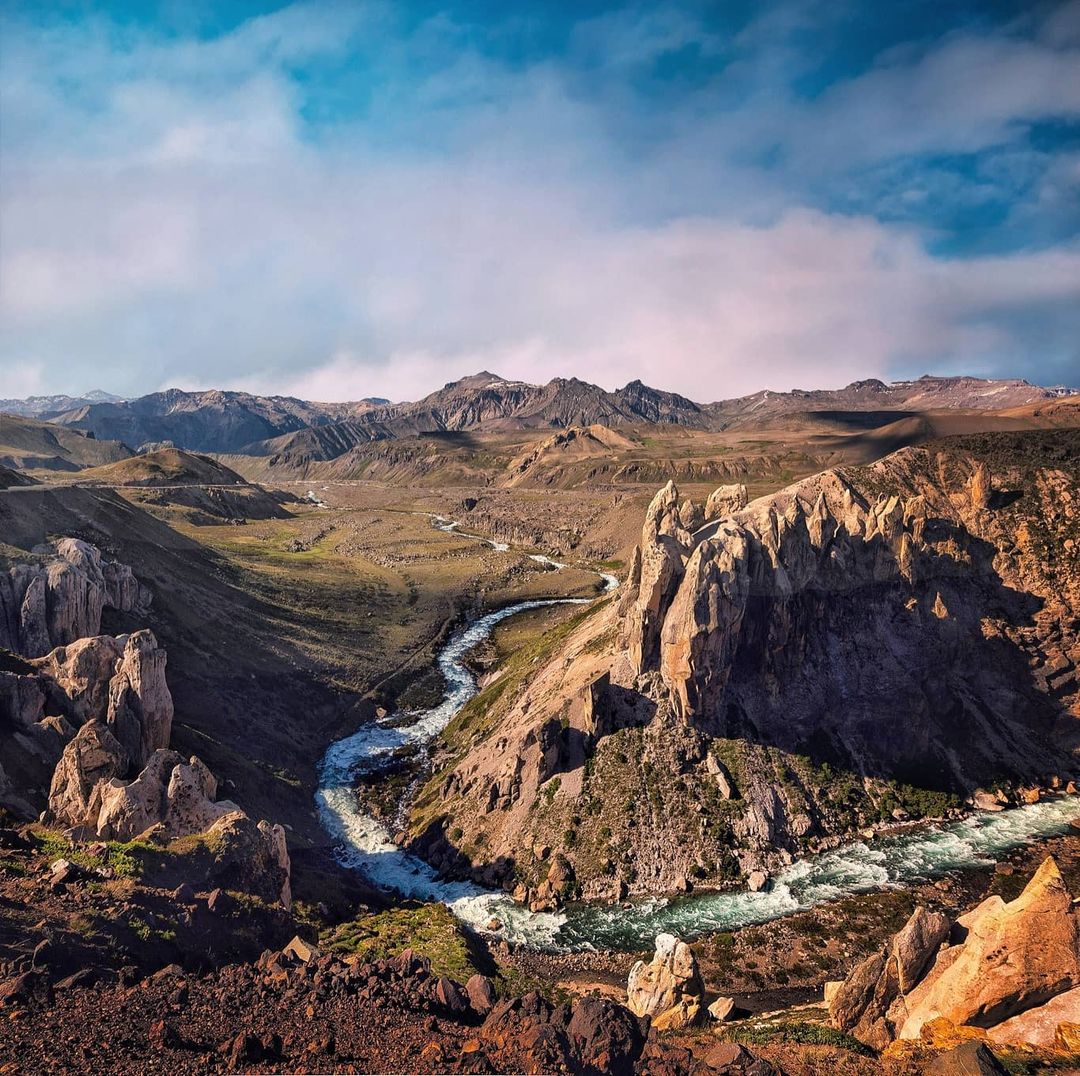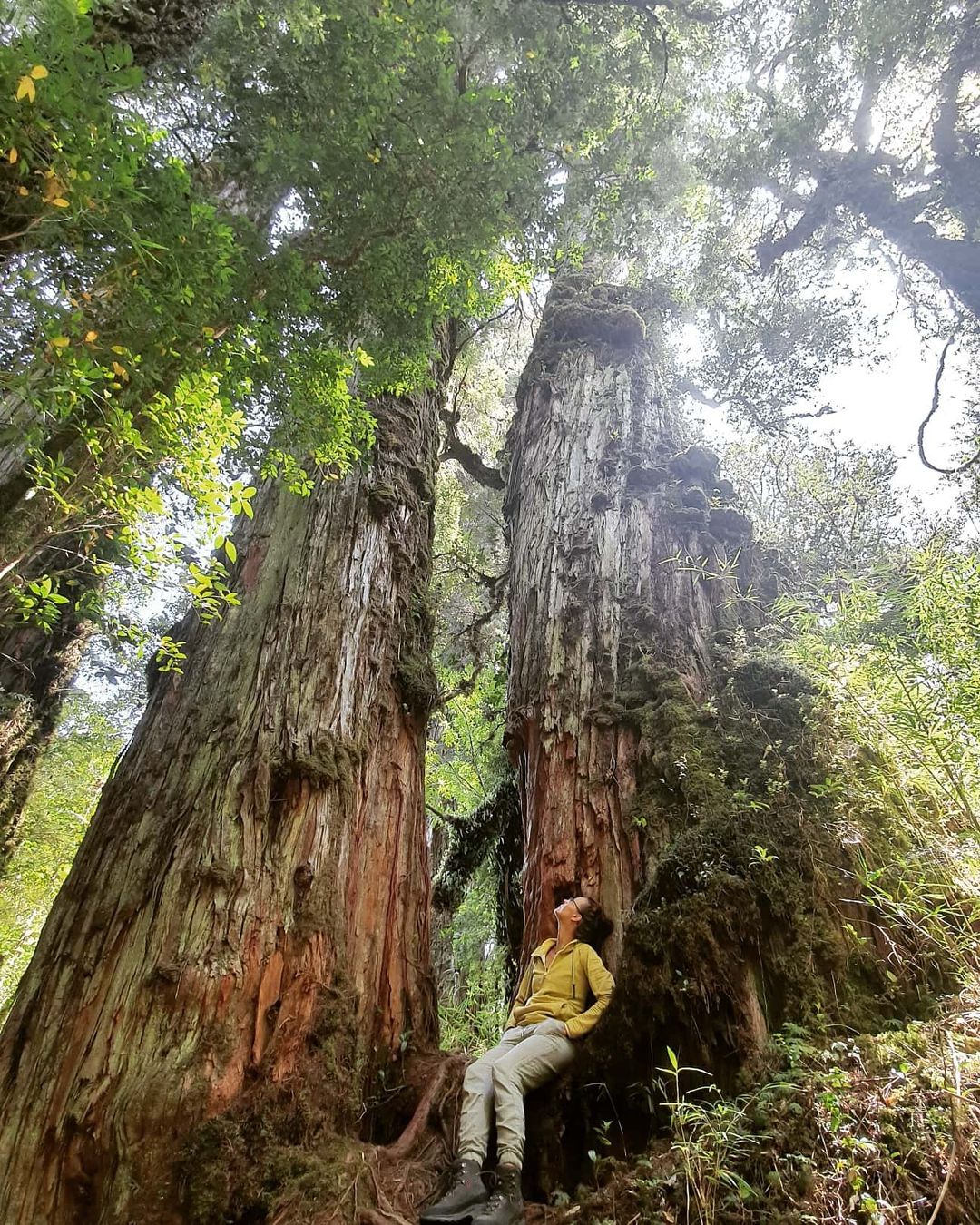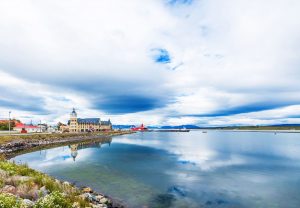RESPONSIBLE TOURISM: THE NEW TREND IN TRAVELING
By: Chile Travel - 28 August, 2021

Although we may not realize it, our travels have an impact. Therefore, making a commitment to become more aware of our choices and behaviors as travelers is our duty. The new trend in traveling is called responsible tourism. Read this article where we are going to tell you about the different ways to achieve it.
Of course, when we are traveling around the world, we want to take pictures and collect anecdotes of our experiences. But, traveling is more important than that. It’s about getting to know the world’s wonders, being respectful, and taking care of every place we visit, so that it may continue to marvel us forever. Our temporary presence should not cause harm; it should help protect the environment, which is vital for preserving native species of flora and fauna.
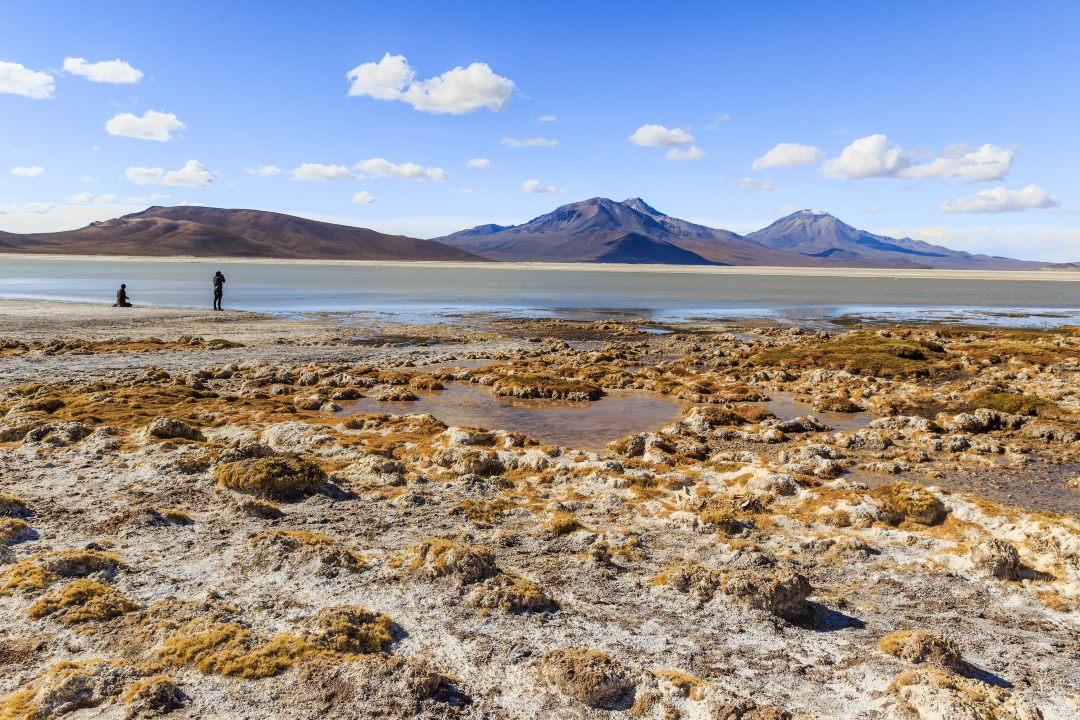
Two people in the immensity of the Surire Salt Flat in the North of Chile
Photo: Sernatur
Consciousness first and foremost
Perhaps a few years ago you didn’t often hear the term responsible tourism or sustainable tourism. However, the global surge in tourism has forced travelers to become more aware of their impact even before they set foot in their vacation destination.
A responsible tourist is someone who adopts a conscious commitment to the environment and tries to have a positive impact on the places he/she visits. Furthermore, they seek to contribute to maintaining and protecting the local heritage, culture, and natural treasures in each destination.
Tourist contemplating the Calluqueo glacier in Aysén
Photo: [@loberiasdelsur]
Responsible tourism is based on creating partnerships between the different parties involved in the act of tourism, including the local communities who are the hosts. Doing tourism in a sustainable way should be considered more of a philosophy than an obligation.
Chile’s commitment to the environment
The Covid-19 pandemic and climate change have brought us to a breaking point. There is no going back to the old standards of inequality, injustice, and voracious exploitation of the planet. We urgently need to take measures to mitigate the damage we have caused to the environment. In this regard, Chile will be facing significant challenges in the coming years.
The current priority is to reactivate the economy after Covid-19, but the approach is to achieve it as sustainably as possible. One of the goals in Chile is to promote clean public transportation, decrease gas emissions, and extend the subway system. Plans also call for the recovery of over 24,000 hectares of forests, using irrigation technologies that improve water efficiency.
View of the Maule Lagoon
Photo: [@cavalos55]
These are just a few examples of measures that Chile is taking to protect the environment and meet its commitment set out in the 2015 Paris Agreement: to attain carbon neutrality by 2050. A difficult objective, but not impossible. It will require our visitors to come with a responsible tourism mentality.
We can all do our bit
Responsible tourism is a form of sustainable traveling that benefits everyone. Learn how to be a responsible traveler with the following tips:
Consume locally
Support local culture, art, traditions, and businesses. Buy local products, arts and crafts, and eat in local restaurants.
Respect historical monuments
Take care and respect the places you visit. Follow the authorities’ recommendations and norms. It’s the only way to help preserve the cultural heritage.
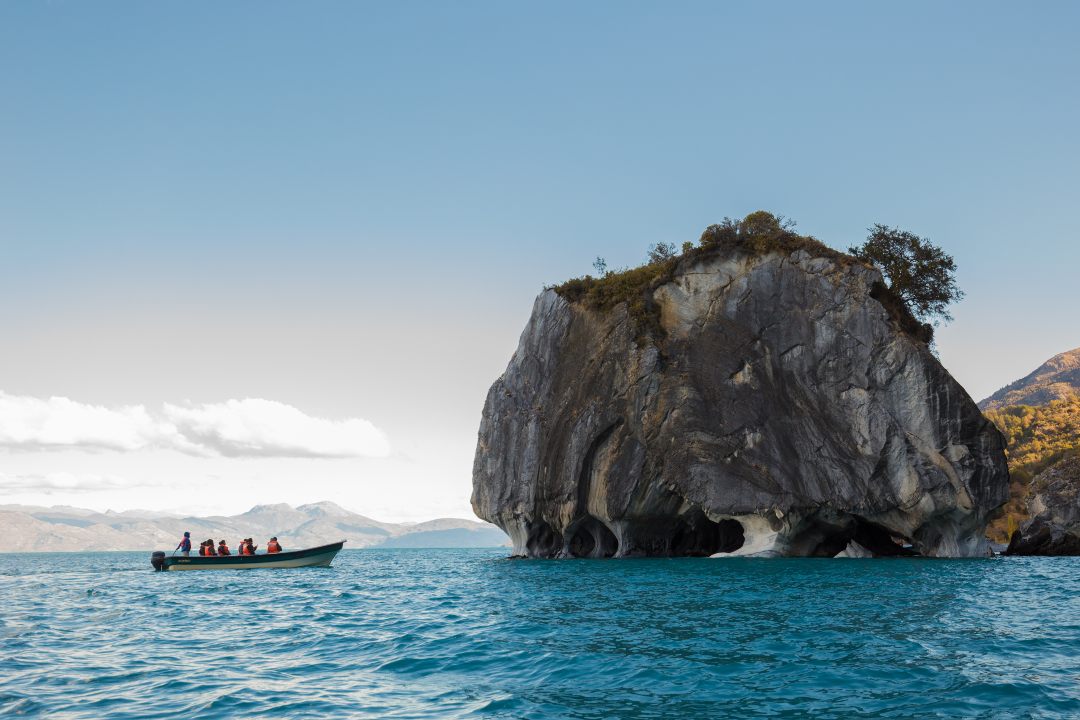
Tourists contemplating the Marble Chapels in Aysén from a boat.
Photo: Sernatur
Take care of the environment
This means not taking home even a single shell from the beach. Throw your waste in garbage bins; if you cannot find one, take your garbage with you until can dispose of it properly. Try to reduce your ecological footprint as much as possible.
Use public transportation or walk
This point is related to the previous one, as it is intended to help reduce carbon emissions. Plus, it will allow you to learn more about the local culture and peoples’ lifestyles in a more realistic way.
Prefer to purchase direct flights
Airplanes are responsible for a significant majority of the carbon emissions involved in tourism. We know they are necessary to travel to faraway places, but one way to lower our carbon footprint is to find the best route and avoid unnecessary flights.
Dome in the middle of a forest
Photo: [@rafael_medeiros]
Choose sustainable accommodations
Look for accommodation options that are eco-friendly. For example, a solar-powered lodge or a hotel that contributes to the local economy. There is an increasing number of options; you just have to find them!
Woman between two large Alerce trees in the Alerce Andino National Park
in the Los Lagos region
Photo: [@vanandbeyond].
As you can see, responsible tourism depends entirely on you. It is a way to travel that benefits everyone, but most of all, the environment. It is our responsibility to help preserve natural places, so they exist forever and so that generations to come can continue to enjoy them.

















